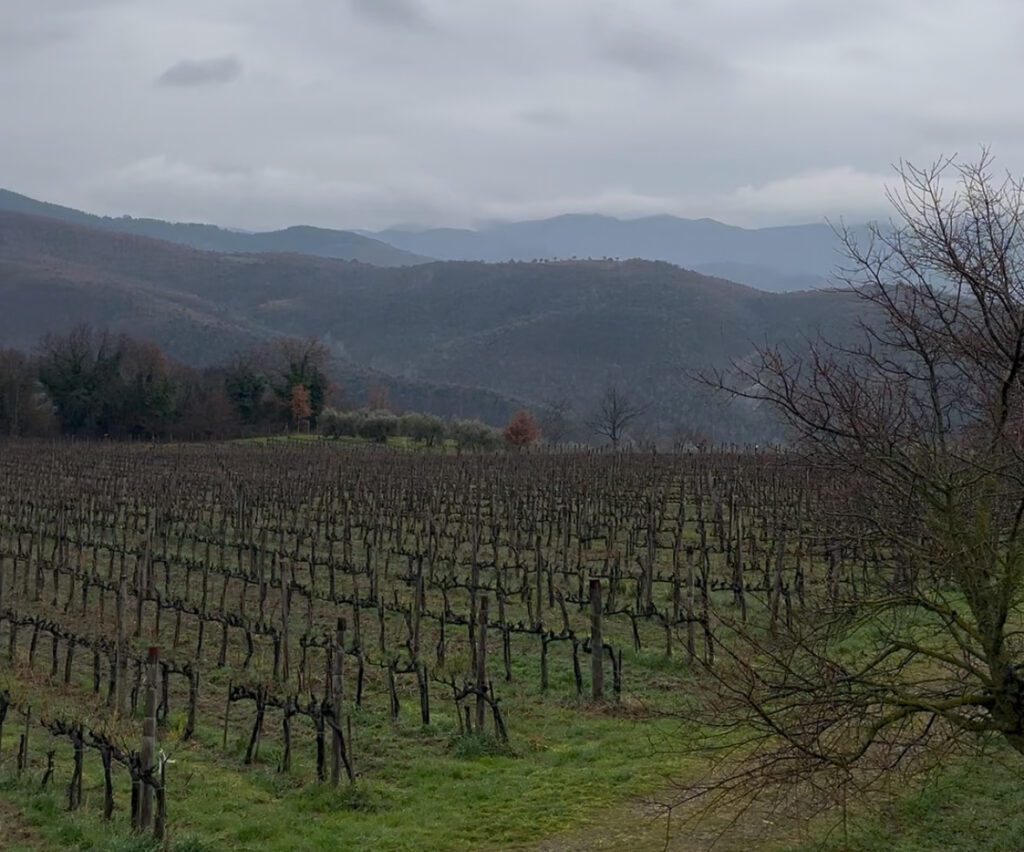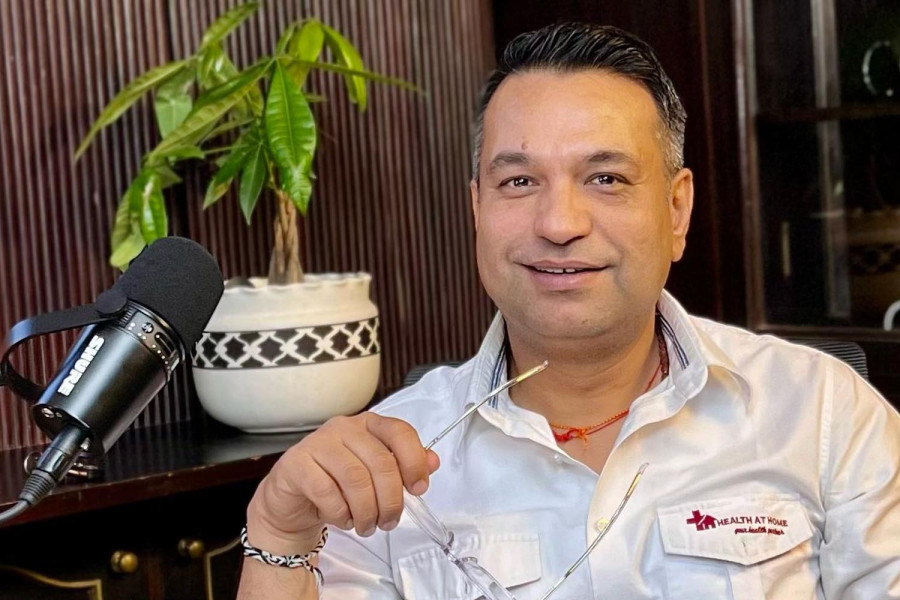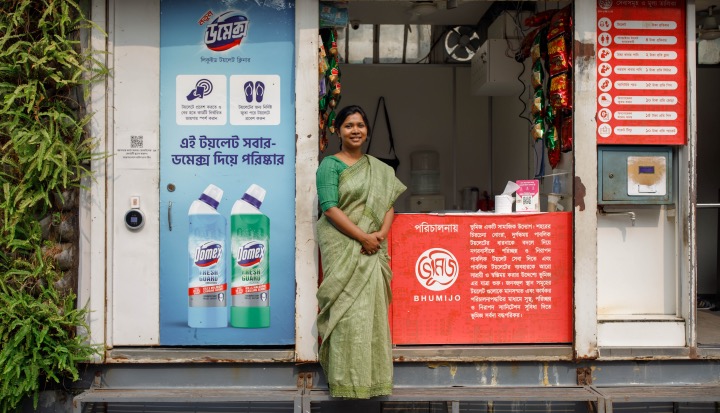In the heart of Tuscany, Pomaio Green Winery (or simply Pomaio) is a new face to the wine industry, yet it is standing at the crossroads of tradition and innovation. We recently had the opportunity to explore this unique winery and sit down with Leonardo Bihal, the visionary owner who is breathing new life into the region’s storied winemaking legacy.

A Walk Through the Vineyards
As we strolled through the thriving vineyards of Pomaio with Leonardo, the landscape seemed alive with history and potential. Originating in 1993 as a tranquil countryside retreat for an Italian family, the property evolved over time into a beacon of modern winemaking.
“We started out as just a countryside house,” Leonardo shared, “but in 2004, the project began to shift. We planted our first vineyards, motivated by a philosophy of sustainability and a belief in the potential for innovation.”
leonardo bihal
Vision Meets Tradition
While he took us around the vineyard, Leonardo reflected on what set Pomaio apart from other wineries in the region. “There’s a strong tradition in Tuscany,” he noted, “yet our approach is about blending that with new technology. Many see a divide between tradition and innovation, but at Pomaio, we see them as complementary.”
Leonardo emphasized the transformative impact of technology on their operations. From soil hydration measurement tools to machines that gently separate grapes to maintain quality, and ensure the best product is to be enjoyed every time. Every aspect of production is a testament to that blend of history and modernity.
Overcoming Challenges
The conversation soon turned to the challenges of innovating within a traditional industry and how they plan to overcome that challenge.
“Tuscany’s wine culture is deeply established and sometimes resistant to change. There’s a perception that innovation might compromise tradition, but we believe the opposite—that innovation can enhance the character and quality passed down through generations,” he explained.
Leonardo stood strong in his beliefs as he recounted their efforts to integrate technology not just in production but also in reaching new audiences. “Social media and digital platforms have been crucial. They help us tell our story and show that while we respect tradition, we’re also forging a path forward.”

Cultivating a Unique Identity
Pomaio’s identity is claimed to be as eclectic as Leonardo’s taste in music. “Just like I appreciate different eras in music, I see Pomaio as a blend of the best of the past and present. We want to preserve the essence of our heritage while making room for modern tastes. The goal is to create wines that resonate with both young drinkers and seasoned connoisseurs.”
Leonardo is actively aware of the challenges facing the wine industry today—particularly its relevance to younger generations and has been doing his part in keeping the wine industry alive and breathing. “There’s been a noticeable shift, with young people drinking less wine. But we see that as an opportunity,” he said with optimism. “Our goal is to captivate them with engaging labels and relatable storytelling, then hook them with the quality of our wines.”
Looking Forward
As the interview was wrapping up, Leonardo shared his thoughts on what the future holds for Pomaio. “Our mission is to be an innovator in the industry. Challenges are part of the journey, but they also offer us a chance to learn and improve. By continuing to marry technology with tradition, we can provide a memorable experience that stands the test of time.”
Leonardo’s passion was infectious as he spoke about the road ahead. “We’re committed to evolving while taking the best lessons from our past. Our wines are a reflection of that vision, and we’re excited to see where it takes us.”

In conclusion, Leonardo Bihal and Pomaio Green Winery represent a harmonious blend of Tuscany’s timeless tradition and cutting-edge innovation. While they stand firmly on a foundation of historical respect, they are unabashedly forging a future that embraces change, all in the pursuit of creating wines that tell stories as rich and complex as the land from which they come.







